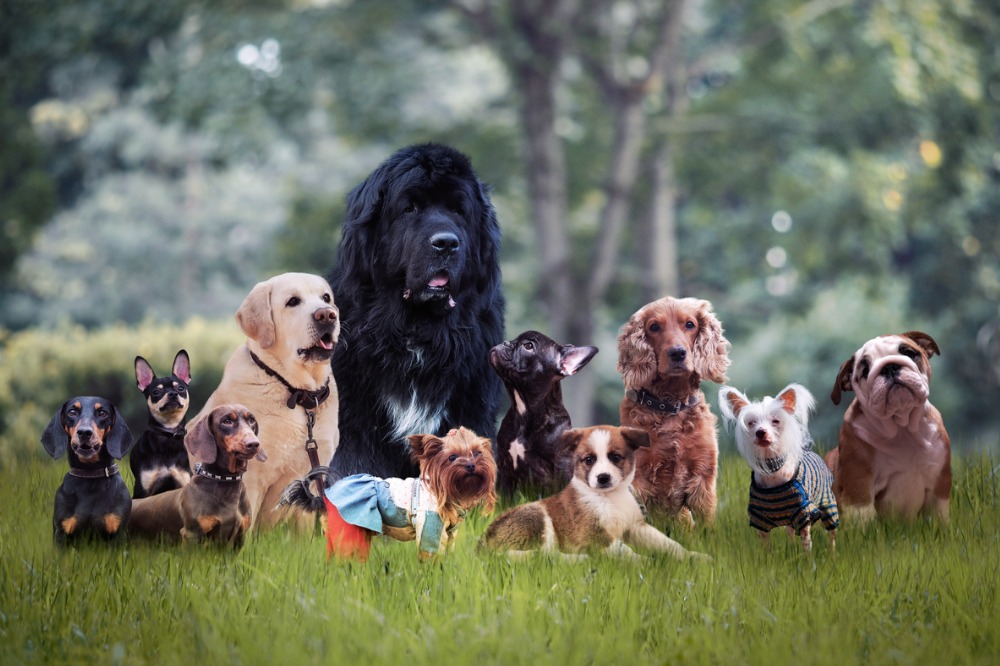Pet insurance premiums could vary by over $12K for same age and breed – study

A simulation of insurance policies covered six dog and cat breeds more commonly seen in Hong Kong, including poodle, shiba inu, Alaskan malamute, British shorthair, domestic shorthair, and ragdoll at ages one, five, and eight, respectively. The study found that premiums could vary from a minimum of approximately $3,500 to over $12,000; the Alaskan malamute, in particular, held the largest discrepancy, with the highest being $17,532 and the lowest being $4,798. As for the felines, an eight-year-old cat, regardless of its breed, touted the highest at $8,741 and the lowest at $2,827.
Cats and dogs, but not much else
For the study, the council queried seven insurance companies on pet insurance plans, with six replying with pertinent information. The council then simulated taking out insurance policies online for various pets of different ages and breeds to compare the variations in premium.
Besides the notable $12,000 differential between premiums, the council found that local insurance companies, currently and generally, only offer policies for dogs and cats. While there are no restrictions on the breed of cats that can be insured, dogs are a different matter; most companies would exclude certain dangerous dogs or their mixed-breed counterparts such as dogo argentino, fila braziliero, Japanese tosa, pit bull terrier, and Tibetan mastiff, etc.
Across the 23 plans polled, 18 had the maximum enrolment age of eight, while the five remaining plans accepted applications for pets up to 11 or 12 years old. Older pets have higher premiums, the study found.
The council also warned pet owners that although all the surveyed pet insurance plans provided medical coverage, there are discrepancies in definitions of coverage scope and items under different plans. The study found that five of the 23 insurance products only covered veterinary consultations and prescribed drugs, while surgical-related or hospitalisation expenses were not covered. This resulted in relatively lower premiums for those five plans. Some plans also covered the use of prosthesis under surgical expenses, while others did not.
Payout terms also varied across the plans, with rates affected by compensation methods, as well as each plan’s deductible ratio and whether there were sub-limits or only a total annual maximum payout. Similar to an individual health policy, most pet insurance products have deductibles. Depending on the maximum payout amount and its sub-limits, pet owners may end up paying more than the deductible amount. 20 of the 23 plans had diverse deductible ratios ranging from 10% to 50%.
Reminders on pet insurance
Along with the study, the council stated some reminders on pet owners looking to purchase pet insurance:
The age of your pet has a significant impact on the eligibility, premium, renewal, and claims
Besides the premium, other factors such as deductibles and its calculation, coverage limit, and major exclusions should also be considered
“Medical coverage” does not mean that the insurer will cover all medical-related expenses
“Guaranteed renewal” plans also have limitations
What are your thoughts on this story? Please feel free to share your comments below.





